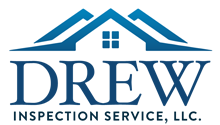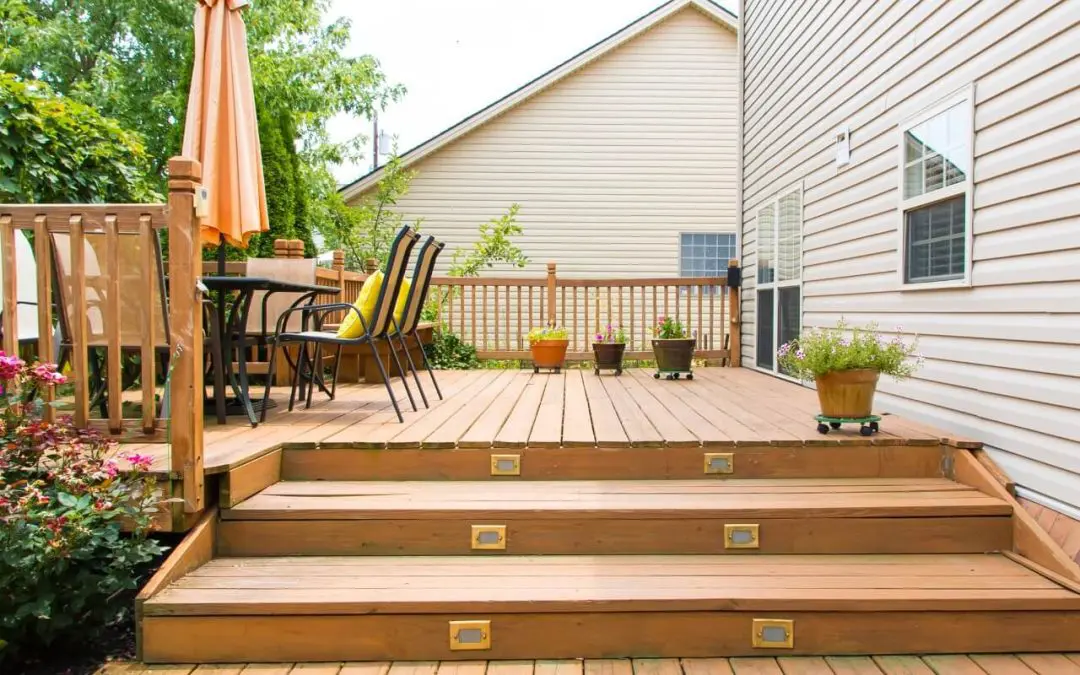Decks are a cherished addition to many homes, providing a space for relaxation, entertainment, and enjoying the outdoors. However, as with any structure, safety should be a top priority. Neglecting deck maintenance and safety precautions can lead to accidents and injuries. There are many things you can do to make your deck safer. Here are some essential tips to follow.
1. Regular Inspections are Critical to Make Your Deck Safer
Conducting regular inspections is paramount to deck safety. Check for signs of wear and tear, such as loose or corroded fasteners, rotting wood, and sagging support beams. Look for any signs of insect infestation or water damage. Inspections should be done at least once a year, preferably before the start of each outdoor season.
2. Structural Integrity
Ensure that your deck’s structure is sound and meets building codes. Consult with a professional if you have any doubts about the integrity of your deck. Pay particular attention to the ledger board, which connects the deck to the house, which is a common area for structural issues to arise.
3. Proper Maintenance Will Help You Make Your Deck Safer
Regular maintenance can prolong the life of your deck and prevent accidents. Clean your deck regularly to remove debris, mold, and mildew. Seal or stain the wood every few years to protect it from moisture and UV damage. Trim back foliage around the deck to prevent moisture buildup and discourage pests.
4. Secure Railings
Sturdy railings are essential for preventing falls, especially in elevated decks. Check that railings are securely fastened and not wobbly. Make sure the spacing between balusters is up to code to prevent children or pets from slipping through. Consider adding additional railings or installing safety netting if your deck is high off the ground or if you have young children.
5. Lighting
Lighting is crucial for deck safety, especially at night. Install adequate lighting along stairs, pathways, and the perimeter of the deck to improve visibility and reduce the risk of tripping or falling. Consider motion-sensor lights for added convenience and security.
6. Non-Slip Surfaces
Wet or slippery deck surfaces can be hazardous, particularly around pool areas or regions prone to rain. Apply a non-slip coating to the deck surface to improve traction and reduce the risk of slips and falls. Regularly sweep away debris and leaves that can make surfaces slippery.
7. Fire Safety
If you have a grill or fire pit on your deck, take extra precautions to prevent fire hazards. Keep flammable materials away from heat sources, and never leave fires unattended. Have a fire extinguisher readily available, and ensure that all members of your household know how to use it.
8. Use Childproofing to Make Your Deck Safer
If you have young children, consider implementing additional safety measures such as locking gates, installing door alarms, and covering electrical outlets. Store furniture and toys away from the edges of the deck to prevent climbing accidents.
9. Weight Capacity
Be mindful of your deck’s weight capacity and avoid overcrowding with heavy furniture or too many people. Spread out the weight evenly and avoid concentrated loads in one area, which can weaken the structure over time.
10. Professional Inspections Will Make Your Deck Safer
If you’re unsure about the safety of your deck or if it’s been several years since the last inspection, consider hiring a professional inspector to assess its condition. A trained expert can identify potential hazards and recommend appropriate repairs or upgrades.
By following these essential tips, you can ensure that your deck remains a safe and enjoyable space for years to come. Remember that prioritizing safety protects you and your loved ones and preserves the value and integrity of your home.
Frequently Asked Questions About Deck Care and Maintenance
Can I tackle deck improvements as a DIY project?
Some deck improvements, such as minor repairs or staining, can be DIY projects for homeowners with the necessary skills and tools. However, more complex projects involving structural changes or electrical work are best left to professionals to ensure safety and compliance with building codes.
What are some signs that my deck needs maintenance?
Signs of deck maintenance needs include cracked or splintered wood, loose or corroded fasteners, wobbly railings, water stains, mold or mildew growth, and wood discoloration.
How do I clean my deck?
To clean your deck, sweep away debris, use a mild detergent and water solution to scrub the surface, and rinse thoroughly with a garden hose or pressure washer. For stubborn stains or mold, use a specialized deck cleaner or mild bleach solution.
How can I prevent mold and mildew growth on my deck?
To prevent mold and mildew growth, ensure proper drainage, keep the deck surface clean and free of debris, and trim nearby foliage to improve airflow and sunlight exposure. Applying a mold and mildew inhibitor during sealing or staining can also help.
What should I do if I discover structural issues during a maintenance inspection?
If you notice structural issues such as rotting or deteriorating wood, loose connections, or sagging supports, it’s crucial to address them promptly. Consult with a professional contractor to assess the extent of the damage and determine the necessary repairs.
Drew Inspection Service offers home inspections to customers in South Dakota. Contact us to schedule our services.

